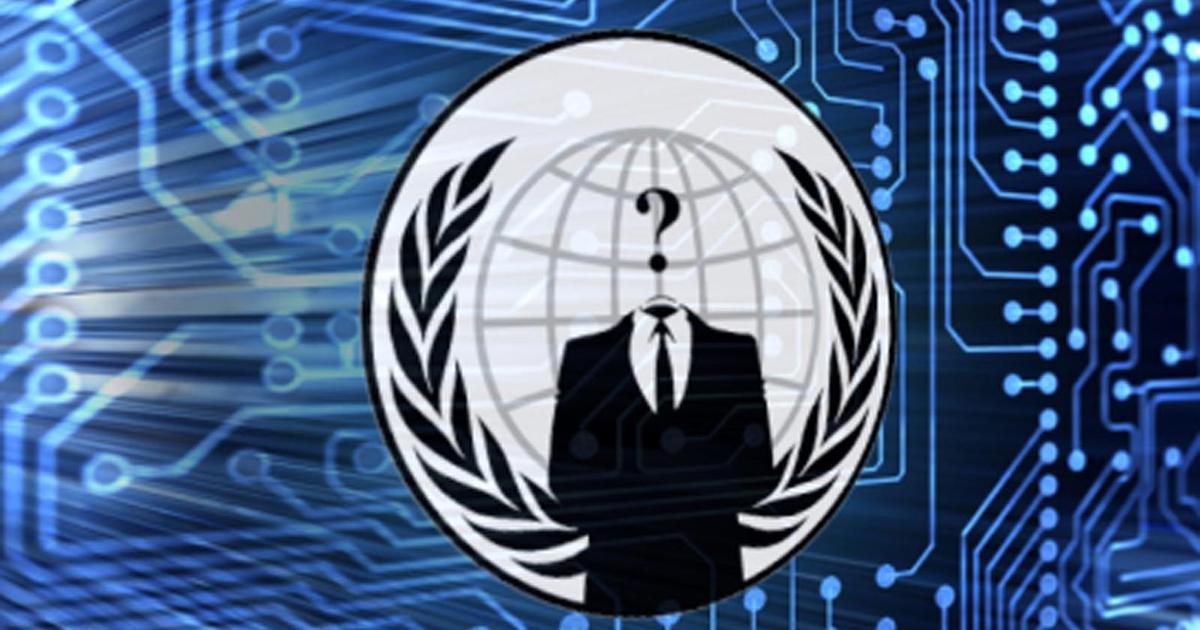YourAnonymousNews
Digital protests

Digital Protesting: Empowering Change from the Shadows
In an era where technology permeates every aspect of our lives, it's no surprise that activism has taken on a digital form. Digital protesting, led by groups like Anonymous, has emerged as a powerful force for change, allowing individuals to rally together, advocate for justice, and challenge oppressive systems from the comfort of their keyboards. In this blog post, we'll explore the concept of digital protesting, shed light on the activities of Anonymous activism, and provide insights on how you can contribute to reshaping the world.
Digital protesting, sometimes known as hacktivism, is a form of online activism that leverages the power of the internet and technology to raise awareness, challenge authority, and drive social, political, or environmental change. Unlike traditional protests that involve physical gatherings, digital protesting utilizes virtual platforms, including social media, websites, and online forums, to disseminate information, organize campaigns, and mobilize supporters.
Among the prominent groups associated with digital protesting, Anonymous stands out as an enigmatic collective. Originating in the depths of internet culture, Anonymous represents a loosely affiliated network of activists and hackers who adopt a unified "Guy Fawkes" persona. Their identity is shrouded in secrecy, and individuals act independently or in small cells to carry out operations, emphasizing the importance of ideas over personalities.
Anonymous activism is driven by a variety of motives, including exposing corruption, fighting for human rights, advocating for freedom of speech, challenging censorship, and supporting oppressed communities. Some of their notable operations have targeted governments, corporations, and institutions that have been perceived as acting against the greater good. These operations involve activities such as website defacements, distributed denial of service (DDoS) attacks, and data leaks, all aimed at disrupting the normal functioning of their targets and spreading awareness of their causes.
Getting Involved in Digital Protesting:
Educate Yourself: Familiarize yourself with the key issues and causes you are passionate about. Stay updated on current events, social injustices, and technological developments that intersect with activism. Knowledge is the foundation of effective digital protesting.
Practice Digital Security: Protect your online privacy by using encrypted communication channels, secure browsing, and strong passwords. Learn about virtual private networks (VPNs), anonymous browsing, and how to avoid common pitfalls like phishing attacks.
Utilize Social Media: Leverage the power of social media platforms to spread awareness, share stories, and connect with like-minded individuals. Amplify the voices of marginalized communities, promote educational content, and debunk misinformation.
Support Whistleblowers: Encourage and protect individuals who expose corruption or unethical practices. Promote platforms that facilitate anonymous submissions of information, such as SecureDrop, which allows whistleblowers to share sensitive documents securely.
Participate in Digital Activism Campaigns: Engage in online campaigns, petitions, and boycotts that align with your beliefs. Support and amplify hashtags and online movements that are advocating for change. Use your online presence to bring attention to the issues that matter most to you.
Develop Digital Skills: Hone your technical skills by learning about cybersecurity, programming, and online tools that can be used ethically to strengthen digital protests. Consider joining organizations or communities focused on digital rights and activism.
Collaborate and Network: Seek out like-minded individuals and organizations involved in digital protesting. Collaborate on projects, share knowledge, and contribute to collective efforts. Remember that change is more powerful when driven by a united front.




